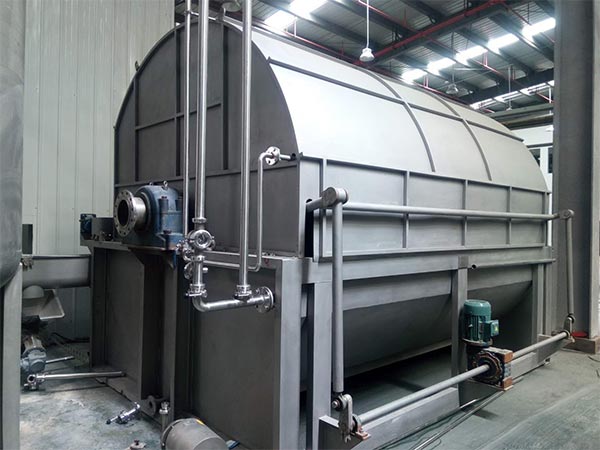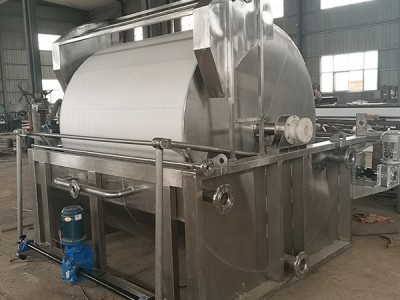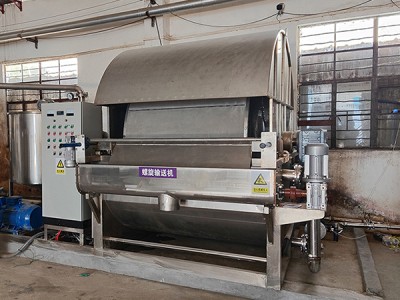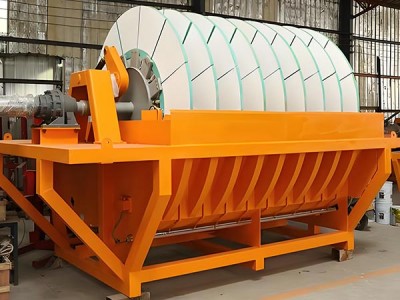Wastewater treatment filter
In sewage treatment scenarios, the filter is the core equipment for achieving solid-liquid separation. It is specifically designed to address the challenges of treating pollutants in sewage, such as suspended particles, residues, and oil sludge.
It can quickly trap various types of solid impurities, which not only reduces the load for subsequent biochemical treatment but also directly improves the clarity of the effluent water. Meanwhile, it can efficiently complete sludge dewatering, reduce chemical consumption, and enhance overall treatment efficiency, thereby helping enterprises save operational costs.
As an indispensable piece of equipment in the sewage purification process, it plays a crucial role in ensuring effective and economical sewage treatment.
Advantages of Wastewater treatment filter
High Efficiency for Continuous Operation: The rotating drum rotates continuously, integrating processes such as filtration, washing, and discharge into one to achieve non-stop operation. It is particularly suitable for sewage scenarios with large treatment volumes that require continuous operation, significantly improving overall efficiency.
Stable Effluent Quality: Under the action of vacuum suction, solid particles are effectively separated, forming a filter cake with a uniform thickness. Meanwhile, residual impurities in the filter cake can be further removed through the washing zone, ensuring stable water quality after filtration.
Easy Operation and Maintenance: With a high degree of automation, the filtration effect is mainly controlled by adjusting the drum rotation speed and vacuum degree. The structure is relatively simple, and the filter cloth is easy to replace. Combined with the design of a dedicated distribution valve and scraper, daily maintenance and discharge operations become more convenient.
Strong Adaptability: Different specifications of filter cloth can be flexibly selected according to the composition of sewage, which expands the application scenarios and meets diverse sewage treatment needs.
Process of Wastewater treatment filter
In wastewater treatment, Wastewater treatment filters mainly serve as a "core solid-liquid separation unit" and are compatible with a variety of industries and scenarios.
Pretreatment Process
Installed in the front section of the biochemical treatment, they are responsible for intercepting high-concentration suspended solids, oil contaminants, and impurities in wastewater. This effectively reduces the treatment load of subsequent biochemical units, protects the microbial flora in activated sludge from shock, and thereby ensures the stable and efficient operation of the biochemical system.
Advanced Treatment Process
Placed after the biochemical system, they are used to further capture residual fine suspended solids in water. This measure can significantly improve the clarity and sensory indicators of the effluent, and acts as a crucial guarantee to ensure that wastewater meets reuse standards or strict discharge limits.
Sludge Dewatering Process
They directly perform mechanical dewatering on the concentrated sludge from the secondary sedimentation tank, effectively removing free water and part of the interstitial water in the sludge. This can greatly reduce the sludge moisture content to 60%-85%, forming solid sludge cakes that are easy to transport and dispose of, and completing a key step in sludge volume reduction.
Segmented Purification Process
When dealing with industrial wastewater with complex composition and high concentration, they are often combined with grilles, sedimentation tanks, etc., to form a multi-stage treatment process. By realizing refined separation of fine particulate pollutants and achieving step-by-step purification, they demonstrate excellent adaptability to refractory wastewater.
Application Fields of Wastewater treatment filter
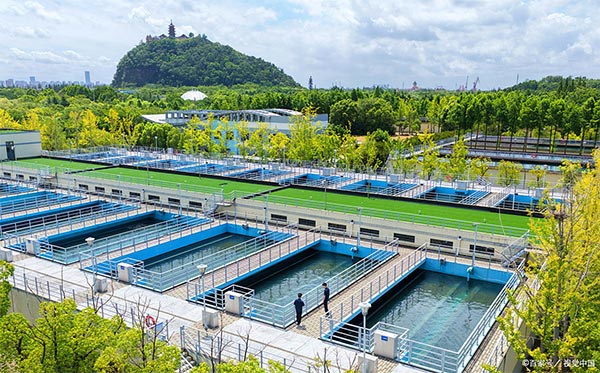
Industrial Wastewater Treatment
Suitable for the pretreatment of oily sewage in the petrochemical industry, the treatment of cutting fluid wastewater in mechanical processing, and the filtration of sewage containing pigment and dye particles in the coating and printing & dyeing industries. It reduces the pressure of subsequent biochemical treatment.
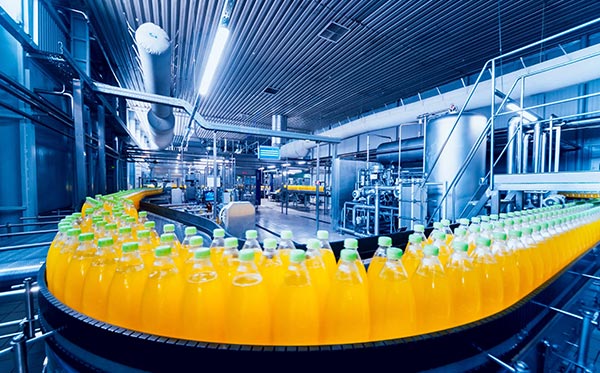
Food and Beverage Industry
Used to treat fruit and vegetable cleaning wastewater, dairy whey wastewater, and other similar waste streams. It traps solid impurities such as pulp residues and protein precipitates, ensuring that the wastewater meets discharge standards or can be reused.
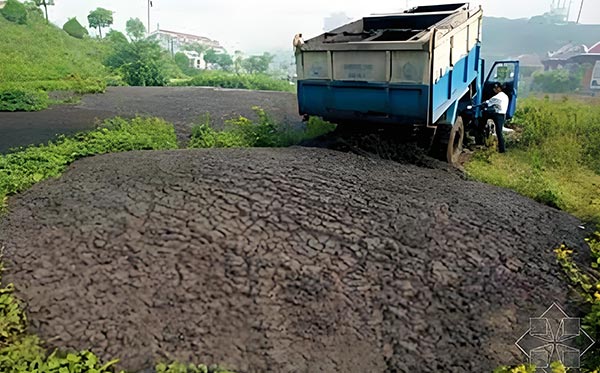
Environmental Protection Sludge Disposal
In the sludge dewatering process of sewage treatment plants, it can separate water from sludge to form filter cakes with low moisture content. This reduces the cost of sludge transportation and disposal, and is applicable to final sludge disposal scenarios such as industrial landfilling.
FAQ
Q: What types of pollutants are Wastewater treatment filters primarily designed to target?
A: They mainly target solid-phase suspended pollutants in sewage, including various particles, residues, sediments, and the like.
In industrial wastewater scenarios: Oil sludge in oily sewage from the petrochemical industry; metal shavings and emulsified residues in cutting fluids from mechanical processing; pigment/dye particles in coating/printing and dyeing wastewater.
In food and beverage wastewater scenarios: Pulp residues from fruit and vegetable cleaning; protein precipitates from dairy processing; starch particles from starch-based processing.
In sludge disposal scenarios: Solid particles in biochemical sludge from sewage treatment plants. The filters can separate water to form filter cakes.
Q: What factors should be considered when selecting a Wastewater treatment filter?
Pollutant Characteristics: Pay attention to the particle size distribution and concentration of suspended particles, as well as the viscosity and corrosiveness of pollutants (these factors affect the selection of filter media and equipment materials).
Treatment Requirements: Clearly define the wastewater treatment capacity, target filtration precision, and requirements for subsequent effluent reuse or compliance with discharge standards.
Operating Conditions: Take into account the on-site installation space, vacuum system configuration, and operating costs (such as the frequency of filter media replacement and energy consumption).
Equipment Compatibility: Select equipment materials that match the pH value and temperature of the sewage, as well as filter media (e.g., filter cloths, filter screens) suitable for the type of pollutants.
Q: How to resolve frequent filter cloth clogging?
A: 1. First, pretreat the sewage to remove large-particle impurities;2. Regularly clean the filter cloth using high-pressure water or chemical cleaning methods;3. Replace the filter cloth with one of an appropriate pore size based on the particle size of the particles in the sewage, and activate the filter cloth regeneration function of the equipment if necessary.
Why Choose Yinuo Machinery?
Professional Equipment Design: The vacuum tube drum filter adopts a distribution valve made of stainless steel. The contact surface pressure is adjusted via a spring to prevent air from entering and affecting the vacuum degree. Additionally, it integrates complete processes of filtration, washing, discharge, and regeneration to ensure filtration performance. Meanwhile, customized equipment for different scenarios is also available to meet diverse needs.
Reliable Quality & Long Service Life: The equipment is constructed with corrosion-resistant materials such as molded FRP (Fiberglass Reinforced Plastic) or reinforced HDPE (High-Density Polyethylene). Some products have a service life of over 35 years, reducing the frequency of equipment replacement and delivering high cost-effectiveness for long-term use.
Comprehensive After-Sales Operation & Maintenance: Leveraging a cloud-based maintenance system, full-lifecycle management of equipment can be achieved. It enables timely response to fault warnings and provides customers with continuous operation and maintenance support, minimizing equipment operational risks.
Hot Tags:



